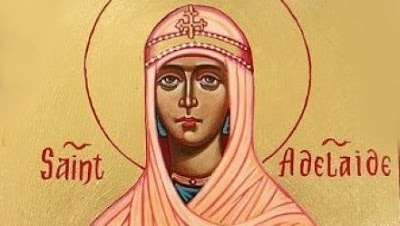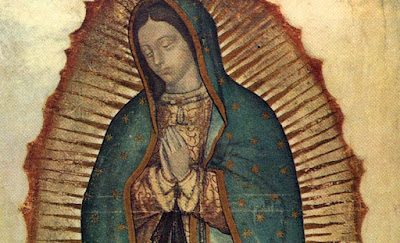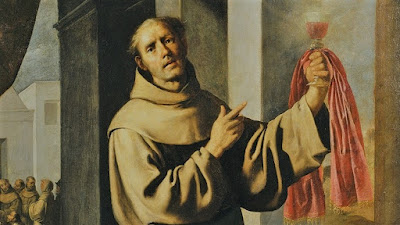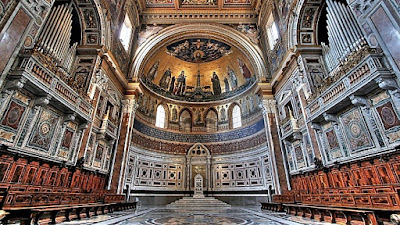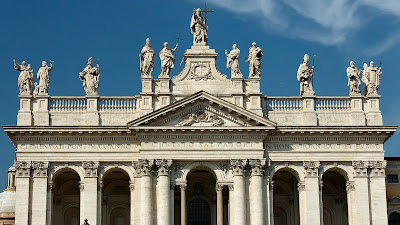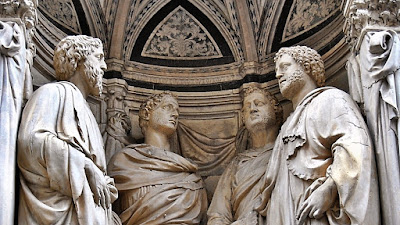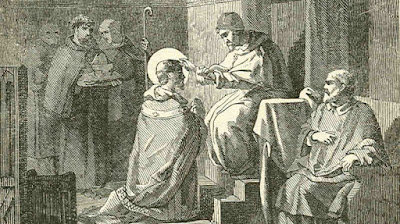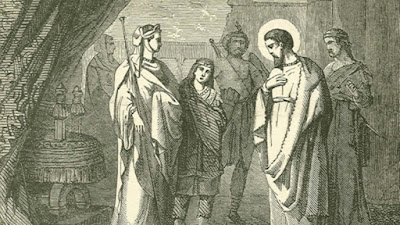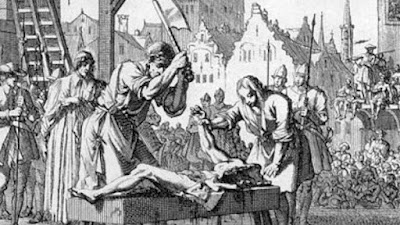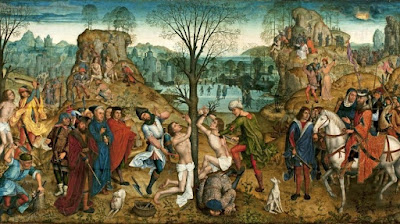Saint Stephen, Archdeacon and Protomartyr
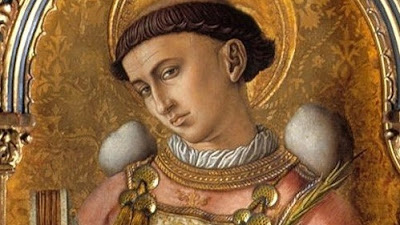
Feast Day - December 26th It is an interesting point about human nature that we desire to know the truth — as long as it confirms what we, ourselves, already believe and do. That is why it is often dangerous to be a prophet, a speaker of the real truth as God sees it. The words of such a person are not always greeted with joy, but often with anger, suspicion, indignity and sometimes, even violence. Such was the case of Saint Stephen, whose story is told in the Acts of the Apostles, chapters six and seven. We know very little of Stephen’s life prior to this mention in the Scriptures, but much can be inferred about him from what is written there. At this time, in the very early history of the Church, there were practical issues that had arisen that needed to be addressed. One of these concerned charitable efforts, namely, the distribution of alms to the Hellenist, or Greek-speaking Christian widows; it was alleged that they were being neglected in favor of those who spoke Hebre
